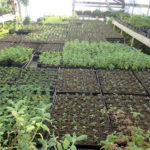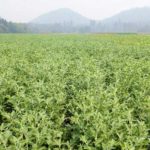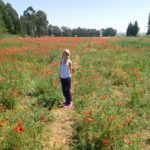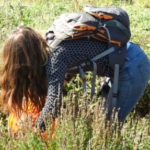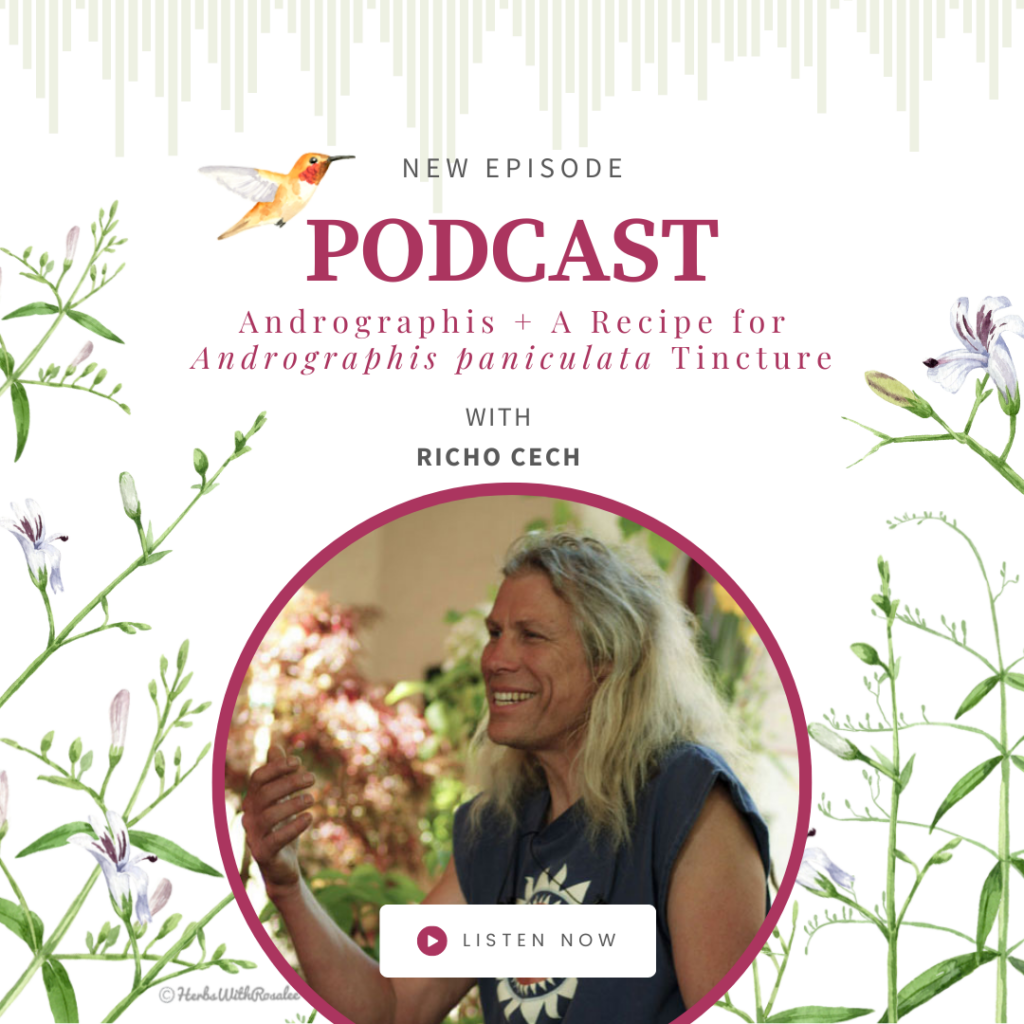Advanced Seed Planting Tips
Know your seed. Examine the seed before planting. Large seeds, especially those from the Legume (Fabaceae) family, have impermeable seed-coats that may require scarification (nicking or rubbing) before planting. Smaller seeds in the Lamiacea (the mint family) also appreciate scarification to wake them up — rub on a #8 seed-screen or on medium grit sandpaper. Needle-like seeds in the Asteracea…

